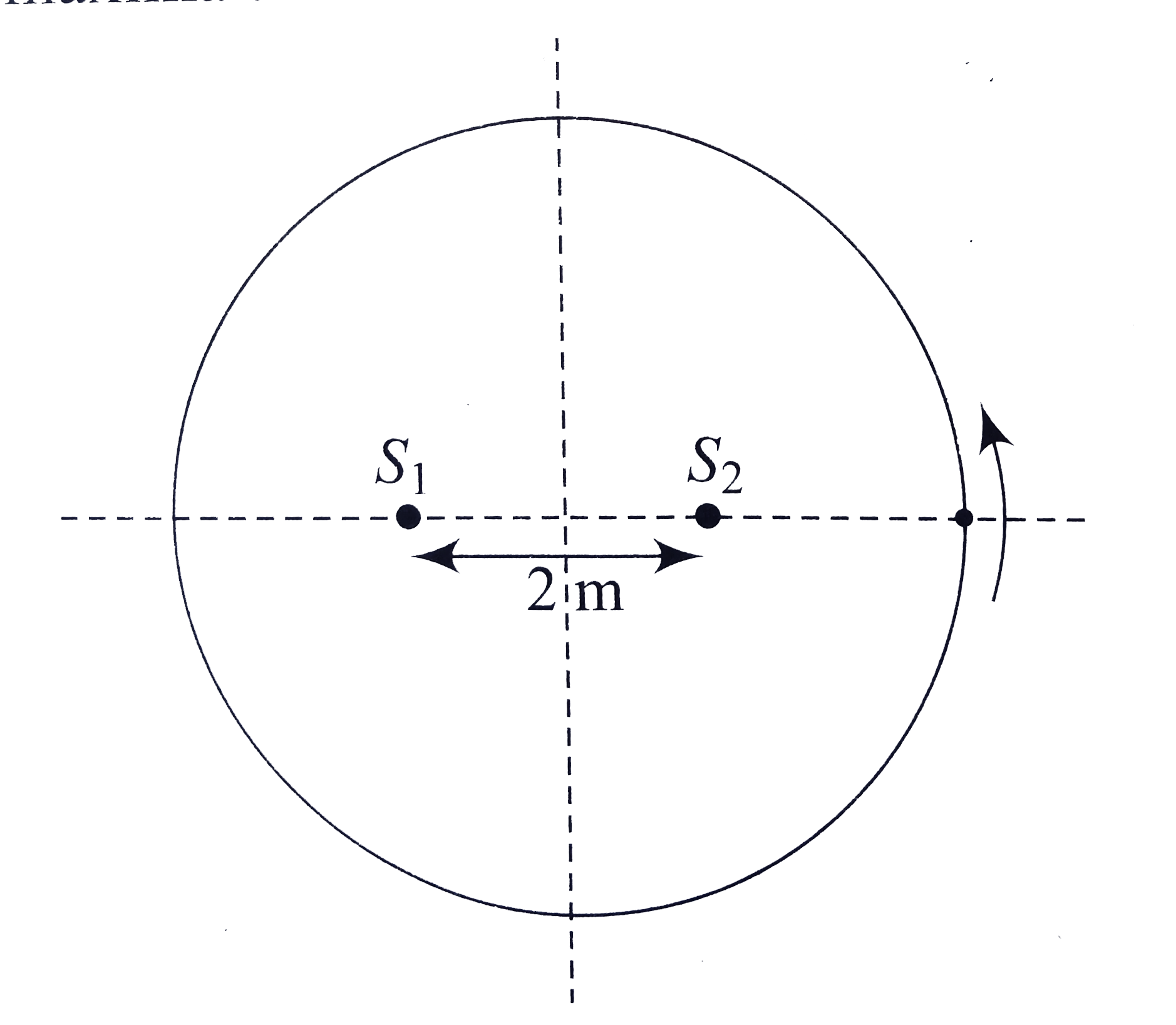To detect obstacles in their path, bats produce
infrasonic waves
ultrasonic waves
electromagnetic waves
radio waves.
To solve the question "To detect obstacles in their path, bats produce," we need to analyze the options provided and understand the concept of sound waves used by bats.
1. Understanding the Question: The question asks what type of waves bats produce to detect obstacles in their path. This relates to how bats navigate and find prey using sound.
2. Identifying the Options: The options given are:
- a) Infrasonic waves
- b) Ultrasonic waves
- c) Electromagnetic waves
- d) Radio waves
3. Defining the Types of Waves:
- Infrasonic Waves: These are sound waves with frequencies below 20 Hz. Bats do not use these for navigation.
- Ultrasonic Waves: These are sound waves with frequencies above 20,000 Hz. Bats emit these high-frequency sounds to navigate and detect obstacles.
- Electromagnetic Waves: These include light and radio waves, which are not used by bats for echolocation.
- Radio Waves: These are also electromagnetic waves and are not related to bats' navigation.
4. Understanding Echolocation: Bats use a method called echolocation. They produce ultrasonic sounds that bounce off objects in their environment. The returning sound waves (echoes) help bats determine the distance, size, and shape of obstacles or prey.
5. Conclusion: Based on the definitions and the function of echolocation, the correct answer is b) Ultrasonic waves. Bats produce ultrasonic waves to detect obstacles in their path.
Final Answer:
Bats produce ultrasonic waves to detect obstacles in their path.
---
- a) Infrasonic waves
- b) Ultrasonic waves
- c) Electromagnetic waves
- d) Radio waves
- Infrasonic Waves: These are sound waves with frequencies below 20 Hz. Bats do not use these for navigation.
- Ultrasonic Waves: These are sound waves with frequencies above 20,000 Hz. Bats emit these high-frequency sounds to navigate and detect obstacles.
- Electromagnetic Waves: These include light and radio waves, which are not used by bats for echolocation.
- Radio Waves: These are also electromagnetic waves and are not related to bats' navigation.
Bats produce ultrasonic waves to detect obstacles in their path.
Topper's Solved these Questions
- SOUNDBOOK - ICSECHAPTER - SOUNDEXERCISE - EXERCISE -7(A) (NUMERICALS )
14 Videos
- SOUNDBOOK - ICSECHAPTER - SOUNDEXERCISE - EXERCISE -7(B)
42 Videos
- SOUNDBOOK - ICSECHAPTER - SOUNDEXERCISE - EXERCISE -7(A)
20 Videos
- SIMPLE MACHINES BOOK - ICSECHAPTER - SIMPLE MACHINES EXERCISE - DIAGRAM BASED MCQ
5 Videos
- SPECIMEN PAPER (SOLVED)BOOK - ICSECHAPTER - SPECIMEN PAPER (SOLVED)EXERCISE - SECTION II
78 Videos
Similar Questions
How do bats avoid obstacles in their way, when in flight?
View SolutionThe step that proved to be the main challenging obstacle in the production of human insulin by genetic engineering is :
View SolutionA: When a tiny circular obstacle is placed in the path of light from a distant source, a bright spot is seen at the centre of the shadow of the obstacle.
R: Waves diffracted from the edge of the circular obstacle interfere constructively at the centre of the shadow producing a bright spot.
View SolutionA : When tiny circular obstacle is placed in the path of light from some distance, a bright spot is seen at the centre of the shadow of the obastacle.
R : Destructive interference occurs at the centre of the shadow of circular obstacle.
View SolutionIn a singleslit diffraction experiment, when a tiny circular obstacle is placed in the path of light from a distant source, a bright spot is seen at the centre of the shadow of the obstacle. Explain why ?
State two points of difference the interference pattern obtained in Young's double slit experiment and the diffraction pattern due to a single slit.
View SolutionA 2 g bullet moving with a velocity of 200 m/s is brought to a sudden stoppage by an obstacle. The total heat produced goes to the bullet. If the specific heat of the bullet is 0.03cal/g∘C, the rise in its temperature will be
View SolutionAssertion : When a charge particle moves in a circular path. It produces electromagnetic wave.
Reason : Charged particle has acceleration.
View SolutionThe source is at some distance from an obstacle. Distance between obstacle and the point of observation is .b. and wavelength of light is .λ.. Then the distance of nth Fresnel Zone will be at a distance……….from the point of observation.
View SolutionTwo point sources separated by 2.0 m are radiating in phase with λ=0.50m. A detector moves in a circular path around the two sources in a plane containing them. How many maxima are detected?

View SolutionExplain how do bats locate the obstacles and prey in their way.
View Solution
